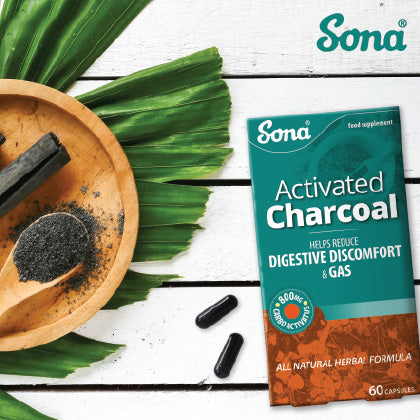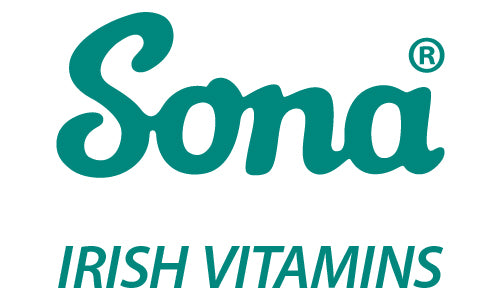
Activated charcoal has become very popular for those with digestive issues in the past few years, but what exactly is activated charcoal and what are the benefits of supplementing with it?
What is it?
Activated charcoal is also known as activated carbon and is created through a natural process of burning items which are high in carbon, in concentrations low in oxygen. While consuming anything burnt doesn’t traditionally scream ‘healing’, the result of this process, activated charcoal, is now being used to treat patients who have ingested a toxic substance and in people with digestive issues like bloating or IBS.
How does it work?
Activated charcoal is full of pores which makes it extremely adsorbent. As a result, when ingested, activated charcoal has many benefits such as:
- Absorbing excess gas in the intestines to prevent bloating and discomfort.
- Absorbing some poisonous materials from the intestine in emergency patients who may have consumed toxic substances.
- Promote kidney function by reducing the workload of the kidneys and removing waste products from the body.
- Potentially reducing cholesterol levels by binding to bile acids in our gut and preventing them from being absorbed, having a beneficial effect on our harmful cholesterol levels.
- Treating Diarrhoea
Supplementation
Sona Activated Charcoal contains activated vegetable carbon with a very high adsorptive capacity.
Benefits include:
- Useful in the removal of noxious substances and gases from the gastrointestinal tract (detox) providing natural support for a healthy digestive system
- Particularly useful for people suffering from flatulence, bloating, cramps, and other digestive discomforts.
- Travels through the digestive system binding with and adsorbing cholesterol, toxins, and other wastes
References
Ali, B.H., Alza’abi, M., Ramkumar, A., Al-Lawati, I., Waly, M.I., Beegam, S., Nemmar, A., Brand, S. and Schupp, N., 2014. The effect of activated charcoal on adenine-induced chronic renal failure in rats. Food and chemical toxicology, 65, pp.321-328.
Silberman, J., Galuska, M.A. and Taylor, A., 2018. Activated charcoal.
